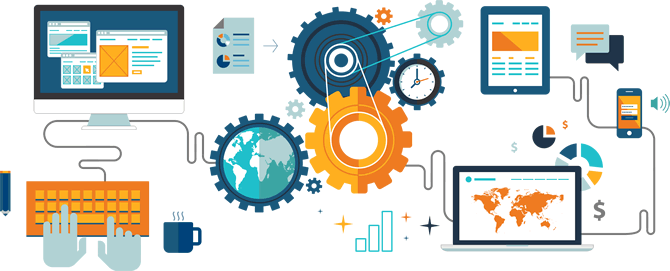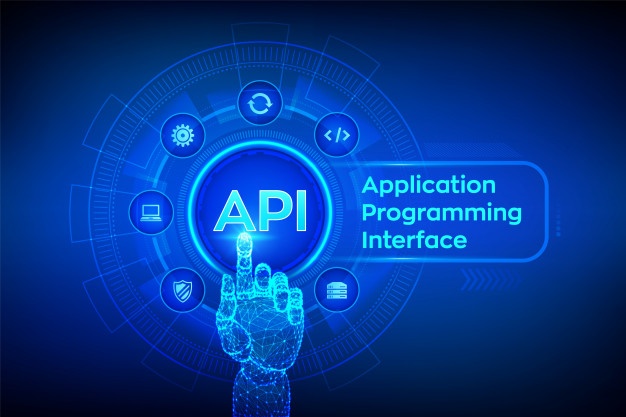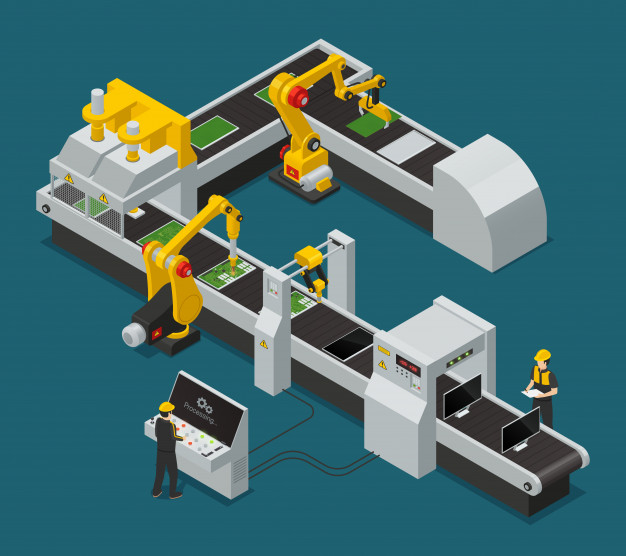Integrations between applications or systems are natively supported by using different application programming interface (API), where an API is created specifically to talk to an application in the language it understands, and since each application speaks a different API language, users (or more specifically, developers), have had to write code to “translate” the language so one application can communicate with another application.
Communication between applications usually involves retrieving data from application A and sending it to application B in the format application B understands and can “digest” without choking and vice-versa. This means that developers have to usually “cut up and mash” the data sent between different applications, so they can easily be processed and “digested” in the receiving applications. If the application does “choke” on the data it was fed, someone would have to be notified or better still, the sending application should be smart enough to recognize this, and retry with the hope that the second or third retry attempt succeeds successfully.
The major purpose of integrating two or more business applications is to sync the information between these disparate systems which are not natively built to talk to each other. Getting these systems to talk to each other, is sometimes usually akin to getting a couple who are going through a bitter divorce to agree on who keeps the dog – quite difficult. This complexity is made worse when multiple systems need to be combined in a certain sequence, which would involve multiple back-and-forth “language” translations between applications.
FlowGat was built to solve the problem of helping systems talk to each other nicely, without the extra burden of having to develop an extensive library or even a single line of code. FlowGat has the added feature of informing the user know when and where in the process something went wrong, and is smart enough to retry if an integration step fails after a set time delay. The FlowGat workflow processor can process very simple workflows and integrations of just two steps as well as highly complex and sophisticated workflow steps involving numerous steps combined with IF/ELSE conditions, FOR loops, time delays, switches, parallel step processing and other decision constructs.
Unlike other competitor products, FlowGat is multi-directional, which means various applications in a workflow process can pass output data to other applications in a different execution path. The FlowGat workflow designer also comes inbuilt with dynamic function evaluation such as current date and time, current time, mathematical and other scientific functions that can be evaluated at run time and passed into data functions which allows users achieve their ultimate automation needs.
Check out some of the FlowGat demos on our website, and let us know your thoughts or ideas on how “crazy” your automation needs are and discover how FlowGat can help you achieve them.






























